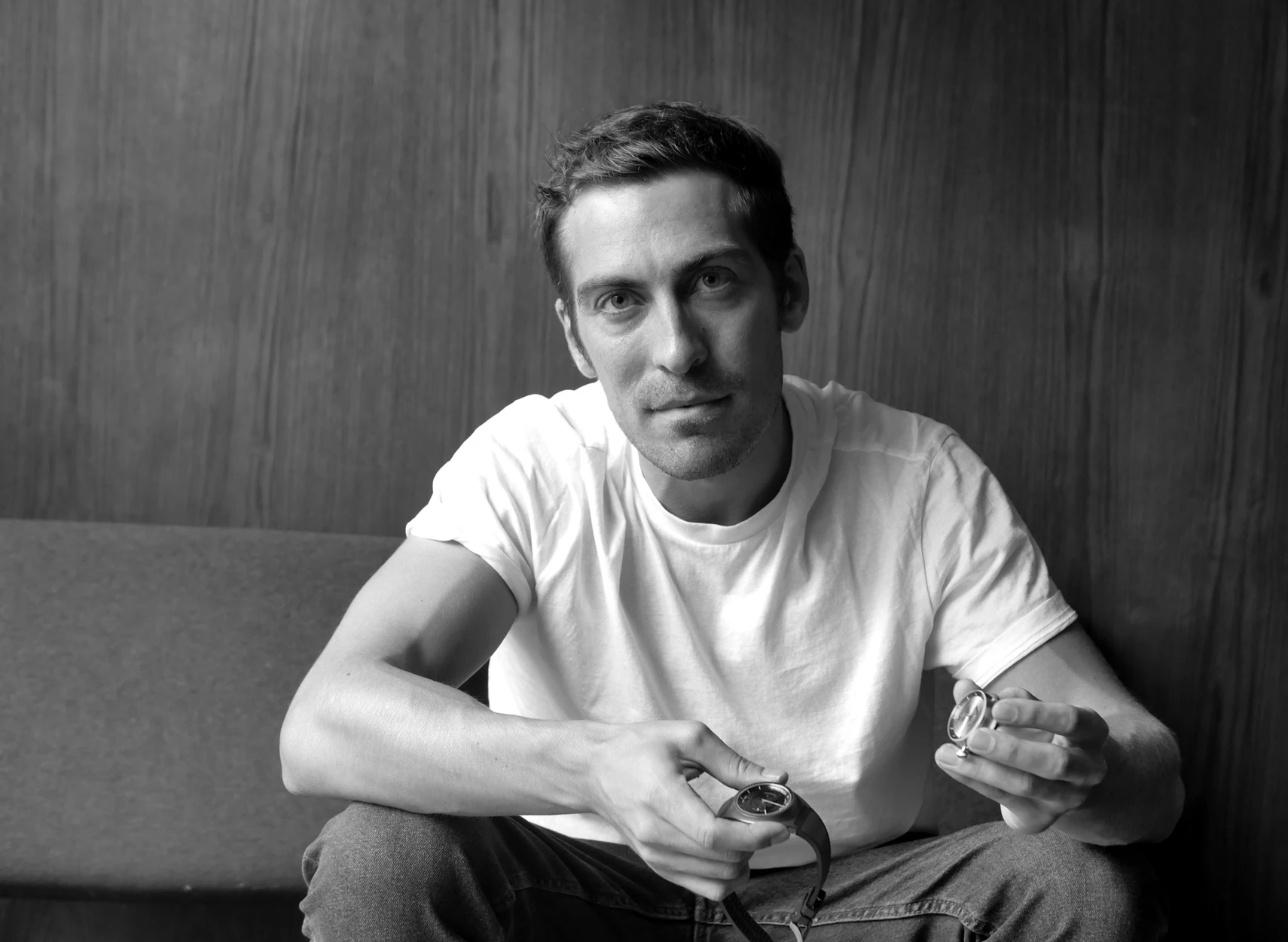
Thomas Funder is based in Zurich. As such, his watches can’t be said to be “made in Bienne”. However, the reason I was so keen to interview him for this blog is that, as a watch designer, Funder truly is “made in Bienne”. It’s here that he evolved from being an intern in a watch design agency to a highly sought-after professional encouraged by experts in the industry to create his own brand.
His first collection, Måne, Moon in Danish, his mother tongue, was launched earlier this year. As you can guess from the name, it revolves around variations of the moonphase. I’m personally a huge fan. The design is stunning, extremely unique while seeming almost obvious. It’s also clever, with an interchangeable case, module and strap. Finally, it’s very affordable, meaning many people are given the opportunity to own an extremely special automatic Swiss watch with a moonphase complication. Like many of us, I am sensitive to such “democratization” of high quality watchmaking.
As I work in Zurich, we could have easily met there for the interview. But we both felt that to do it right, it had to be in Bienne. We got together at Café Farel on a Friday afternoon, ordered some funky non-alcoholic drinks, played with the Måne watches on the coffee table in front of us, and started to talk.
How did you become a designer?
I come from a Danish background, where minimalism is a way of life. My first love was for cars. I started sketching them when I was about 10 years old. While it rained outside, which was pretty frequent, I would sit inside, and draw. My parents were really supportive and, when I was a teenager, they took me to car factories in Germany. That helped me understand manufacturing, process, and what they mean from a design perspective. My sister is also a designer, so this is definitely a family matter!
How did you get into watches?
In my second year of Danish design school, I was tired of just doing student projects. I wanted to reach the real world. I contacted all sorts of businesses, making various types of objects, from furniture to accessories. I got just one answer, from a company that made watches. I thought they were Danish; it turned out they were Dutch. I knew nothing about watches but that opportunity created a spark. I started researching, sketching. I finally got a contract with them. Seeing my designs produced into actual watches gave me a boost of confidence.
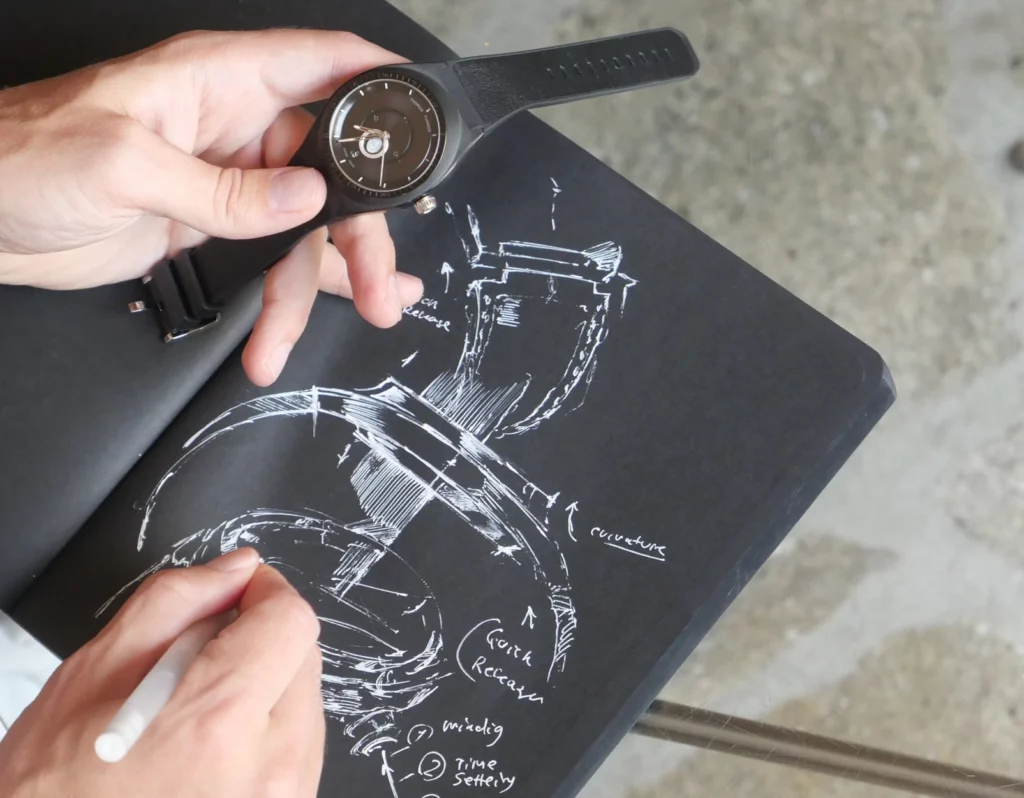
And then, what next?
I heard about a thing called Baselworld. I attended the fair with no connection, and more generally no idea what to expect. This was back in 2015. I looked for watch brand parties in the evening, and attended one by SevenFriday. Somewhat by chance, I ended up winning their social media contest and drinking champagne with the team who eventually offered me an internship. They were based out of Studio Divine, in Bienne.
So that’s how you landed here…
Exactly. I had to stay for 2 months in the summer but had no money. I couchsurfed for the entire period. People were incredibly welcoming! After a short period back in Denmark and some time in Sweden, I accepted a full time job at Studio Divine, as a watch designer.
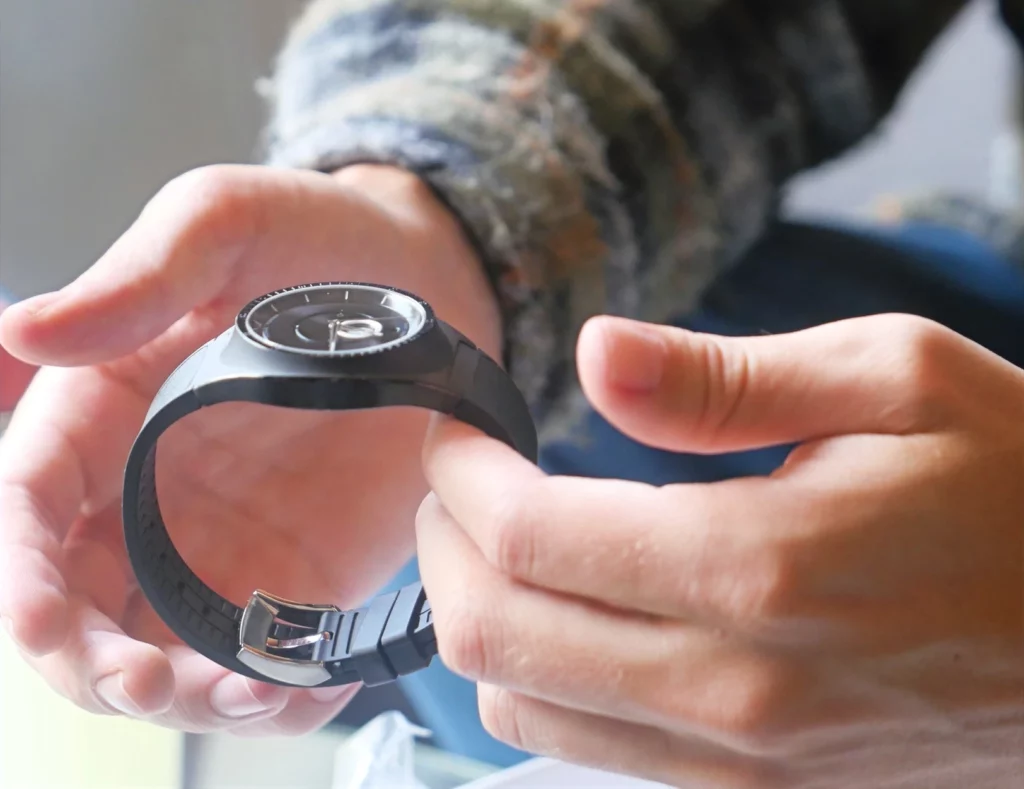
What were your impressions of the city?
Bienne is a really interesting place, at the heart of Switzerland. It’s amazing how you can go anywhere, it being so central. I feel the difference now that I live in Zurich. Bienne also has a rich history. I visited a lot of museums here, and in the broader region. Actually, as I was reading the travel diaries of Hans Christian Andersen, I learned that he spent time in Bienne, visiting Urban Jürgenssen. Andersen is from the same town as me, just a few hundred meters away from where I grew up. Small world!
And then, of course, the watchmaking… There’s such a special atmosphere here. You walk into a bar, and half the people work in the watch industry. It creates a really special feeling. I was inspired by all those people working on all kinds of watchmaking. Even just riding my bike to work, passing by Swatch Group, Armin Storm, Urban Jürgenssen… My commute became like a journey into the watch industry. It all made me just want more of it.
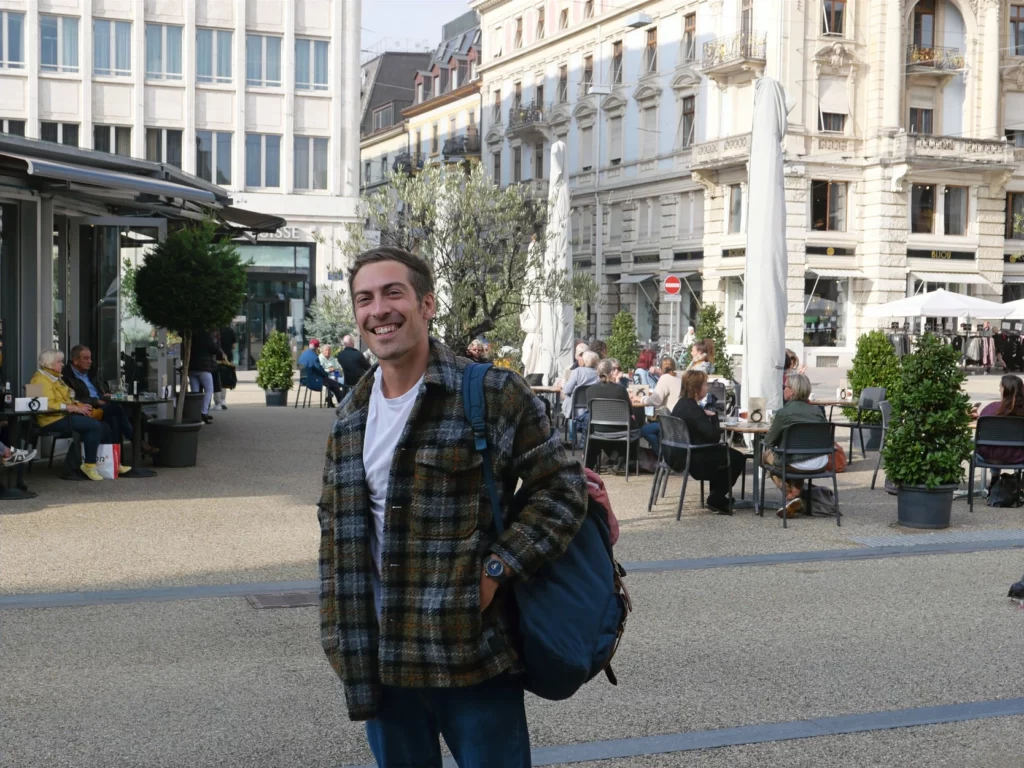
What impact did Bienne have on you?
Bienne helped me find peace, not being distracted right and left, as I was in Copenhagen. Partly, this had to do with Bienne being a smaller city. But it is also due to the high concentration of watchmaking taking place here. That enabled me to go a lot deeper, be focused, and really find my path. On another note, I was really touched by people’s openness here. As a foreigner, I felt very welcome.
Talking about Bienne, tell us about your collaboration with Horage…
I have a very special relationship with them. They’re a bit like family. To me, they’re one of the most interesting upcoming watch companies, with extreme technical expertise. A great team of people passionate about watches. It was a real pleasure to work with them on the Supersede.
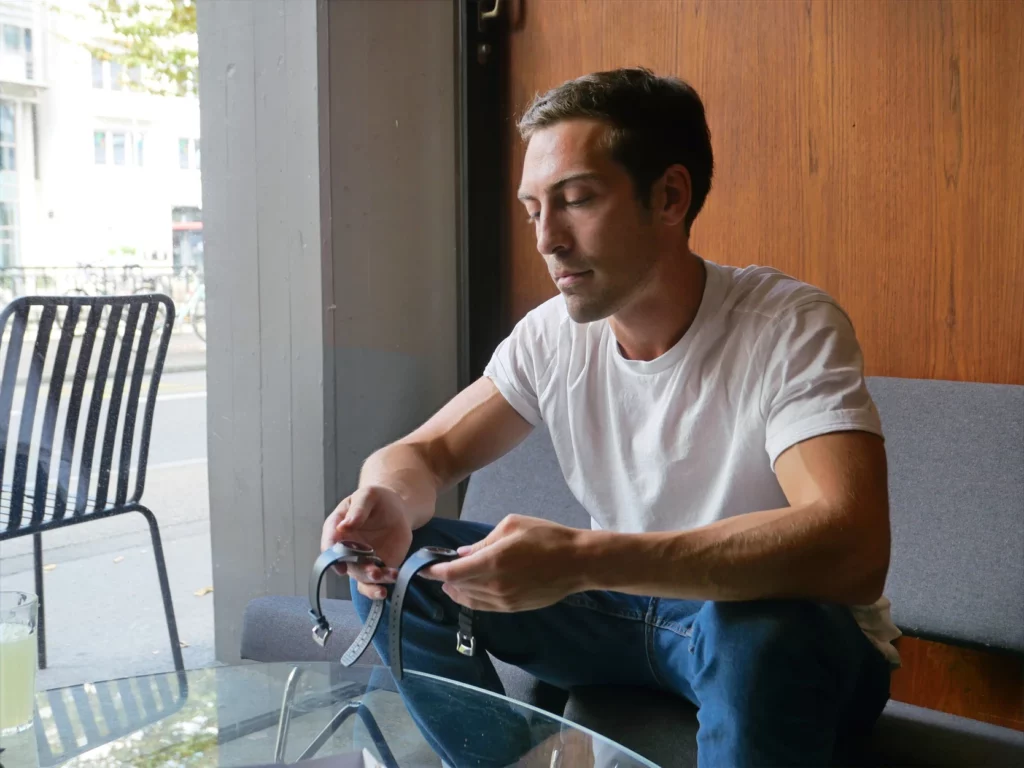
How did you end up starting your own watch brand?
After learning the ropes working for a design company, doing many watches for different brands, I thought it was maybe time to follow my own vision. Produce designs that truly reflect my passion. Seeing all those other brands here in Bienne bringing their own vision to life was clearly an inspiration. More pragmatically, here, I was able to make connections in the supply chain. I got to know the processes and the people “behind the scenes”.
What was your vision?
I knew I cared about clean minimalism. But I also wanted the product to have the technicality of a true Swiss watch, not just the stereotype of a Danish design watch. I have a soft spot for watches from the 70s, all made in one piece. But I am less a fan of their bulkiness. Looking at watches from today, they have many parts. I asked myself: what if everything melted together? If all the lines continued? That was the primary vision for the Måne collection. Beyond that, I wanted all the details that make a good watch, even at an affordable price. For example, the crown alone is brushed, sandblasted and polished.
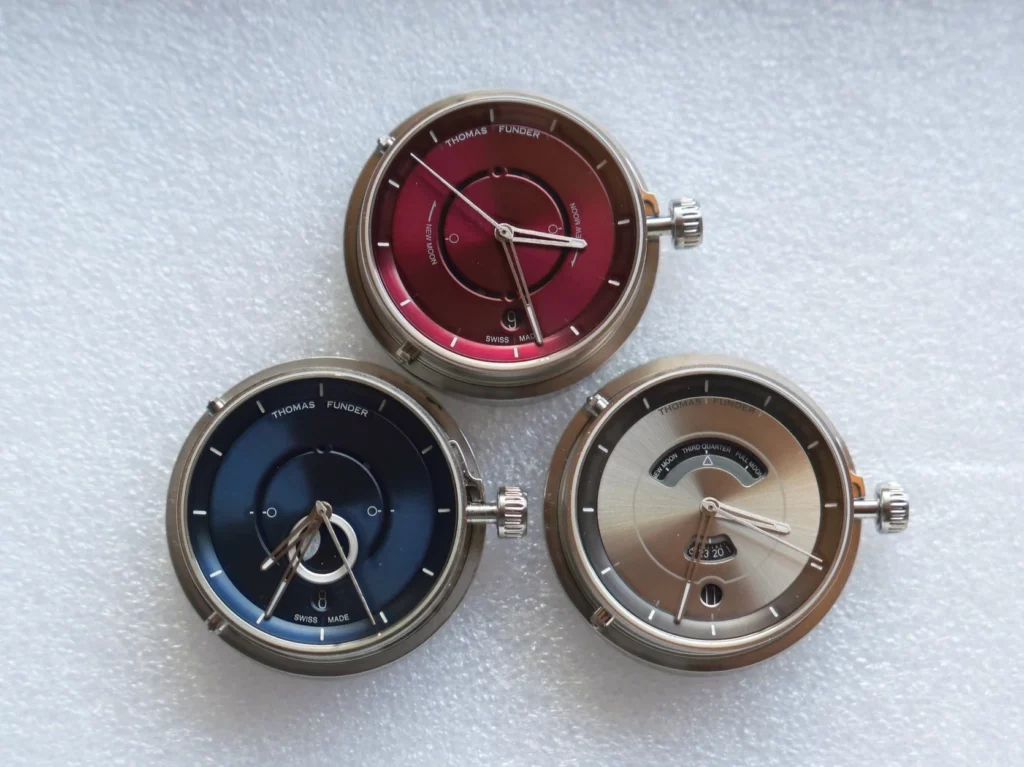
Why the modularity?
It brings many benefits, makes the watch more interesting. For its owner, the collection can be easily increased in a way that is more economical and sustainable. It makes it all a lot more playful, and also easier to repair.
Why the moonphase as a complication?
I’ve always had a personal interest in the moonphase in watchmaking: how you take a natural phenomenon and recreate it mechanically. I wanted to bring a fresh take on it. That is why I have three versions, with different ways of showcasing the moonphase: State, Days and Phase. Beyond watchmaking, the effect of the moon on nature, animals and humans is something I find quite fascinating.
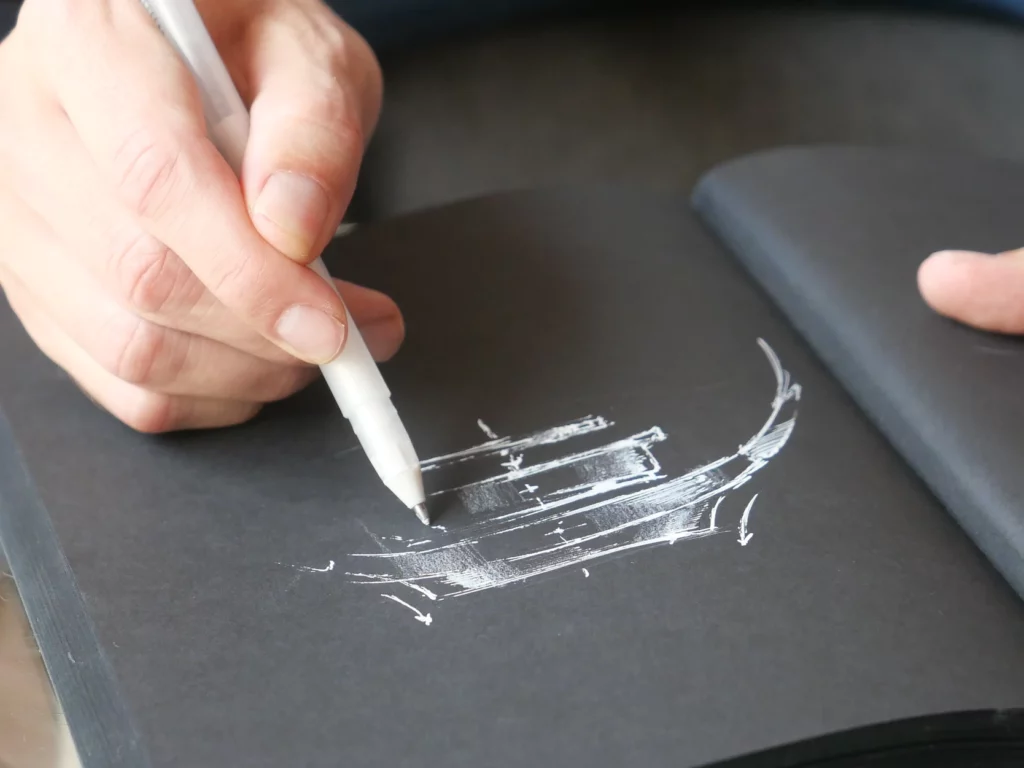
As an independent, how did you manage to have the industrial capability for such a unique case shape along with the modularity, for your very first project?
I was fortunate to meet people who believed in me. My manufacturing partner, Watchangels, has been hugely valuable. They provided me a lot valuable feedback which I used to improve my creations. It was a great partnership because they are a true Swiss manufacture. Part of the value I bring is being an outsider, having grown up without the influence of the local industry. But for it to become a true Swiss watch, close collaboration with the local industry is critical.
What’s next for you and your brand?
Bringing this first project to life it gave me more ideas. I will develop new modules. New collaborations. I see myself doing other projects. Maybe not even watches!
You can find out more by visiting Thomas Funder site.




This is really an interesting story, I feel his passion as a designer and a creator. Thank you so much. 😊👋
Thank you, this is a very inspiring story for any aspiring entrepreneur 🙏